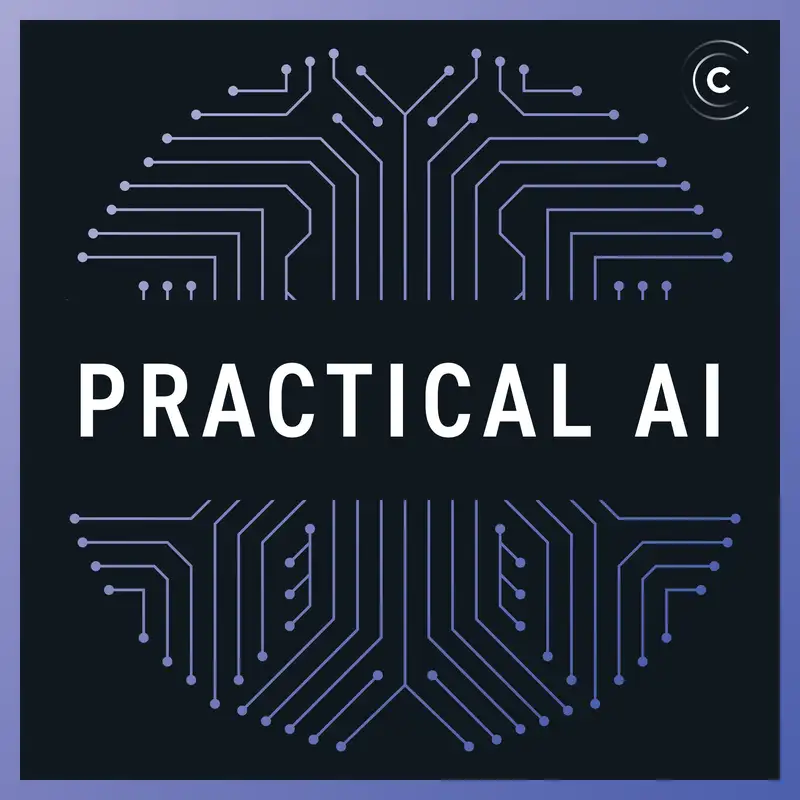Sidekick is an AI Shopify expert
Today, Chris explores Shopify Magic and other AI offerings with Mike Tamir, Distinguished ML Engineer and Head of Machine Learning, and Matt Colyer, Director of Product Management for Sidekick. They talk about how Shopify uses generative AI and LLMs to enhance their products, and they take a deeper dive into Sidekick, a first-of-its-kind, AI-enabled commerce assistant that understands a merchant’s business (products, orders, customers) and has been trained to know all about Shopify.
Changelog++ members save 9 minutes on this episode because they made the ads disappear. Join today!
Sponsors:
- Fly.io – The home of Changelog.com — Deploy your apps close to your users — global Anycast load-balancing, zero-configuration private networking, hardware isolation, and instant WireGuard VPN connections. Push-button deployments that scale to thousands of instances. Check out the speedrun to get started in minutes.
- Timescale – Purpose-built performance for AI Build RAG, search, and AI agents on the cloud and with PostgreSQL and purpose-built extensions for AI: pgvector, pgvectorscale, and pgai.
- Eight Sleep – Up to $600 off Pod 4 Ultra — Go to eightsleep.com/changelog and use the code CHANGELOG. You can try it for free for 30 days - but we’re confident you will not want to return it (we love ours). Once you experience AI-optimized sleep, you’ll wonder how you ever slept without it. Currently shipping to: United States, Canada, United Kingdom, Europe, and Australia.
Featuring:
Show Notes:
Something missing or broken? PRs welcome!
★ Support this podcast ★
Creators and Guests



